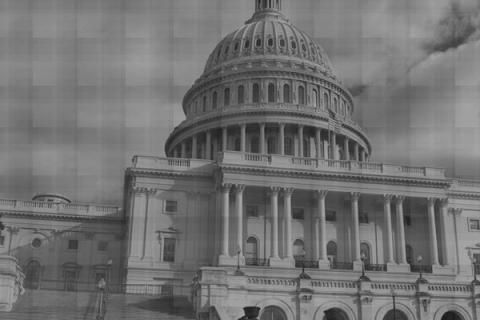California Governor Jerry Brown announced Monday that the state has undergone an "incredible transformation" since the courts took control of the state's prison health care system. A federal court ordered state officials to reduce inmate populations to 137.5 percent of design capacity by the end of the year.
The Brown administration must decrease the populations in the state's thirty-three prisons to roughly 110,000 inmates as a way to increase the quality of health care for the sick and mentally ill.
Though the state filed its official report last week -- which would decrease prison populations by 7,000 inmates -- the plan still falls 2,300 inmates short of the mandated-total.
Brown has been on the defensive regarding the state's prison health care system for the past several months, deeming the care inmates receive as "constitutional." He further claims that California has improved throughout the duration of the order, noting that the state has spent "billions of dollars" on inmate health care reform. Whereas the state used to spend roughly $7,000 per inmate annually, that figure is now upwards of $15,000.
However, if his administration does not meet the set quota for releasing inmates, the governor can be held in contempt of court. Though Brown has insisted that the California prison system is improving, he has remained compliant with the court's order.
"If the Supreme Court says, 'No, you have to spend $20,000 a prisoner,' well, that's what we'll do," Brown told the Associated Press. "We'll cut whatever we have to cut and we'll just spend more and more money. But I believe that to go from $7,000 to $15,000 to get to all the things we've done should be looked at fairly and honestly."
Addressing the Reality of Inmate Release
Not only has the Brown administration been formulating solutions to comply with the court order, but the California Department of Corrections and Rehabilitation (CDCR) submitted their recommendations as well.
“We respect the court’s authority to order the list of measures, but we submitted it under protest,” said CDCR Secretary Jeff Beard in a May 2 press release. “The court ordered the population reduced so as to allow for medical and mental health care that complies with the Constitution. We are already providing that level of care and so further population reduction is not needed.”
The court order also entails a list of the following measures -- other than decreasing populations -- that the state must follow:
• Expanding the capacity of fire camps.• Slowing the rate of returning out-of-state inmates to California.• Leasing beds from county jails and other facilities where there is sufficient capacity.• Increasing good-conduct credit for non-violent inmates.• Expanding medical and elderly parole.
For federal judges to take the reigns regarding the state's prison health care, ordering "x" number of inmates to be released, this seemingly diminishes the role of the state in the inmate care process. While state officials continue to look for solutions to the problem in compliance with court mandates, prison reduction in California will continue to be a highly contentious issue.

